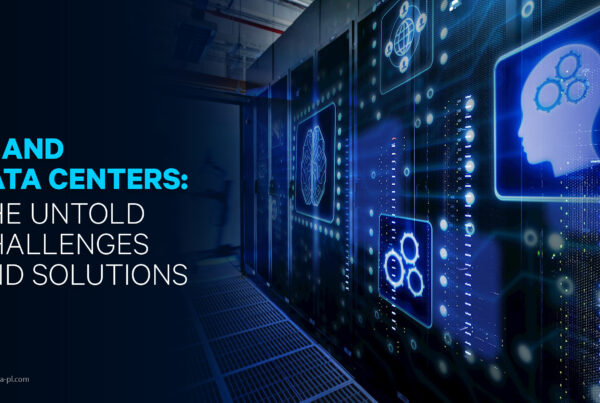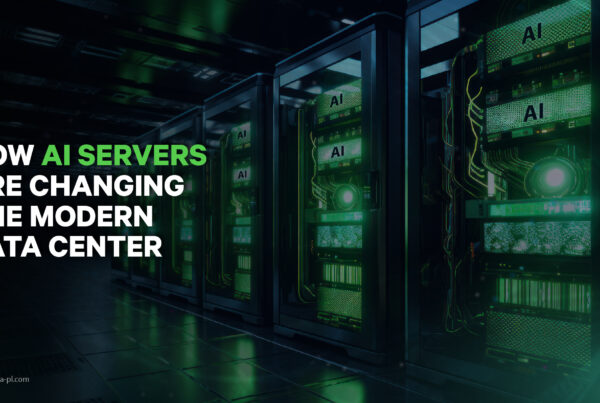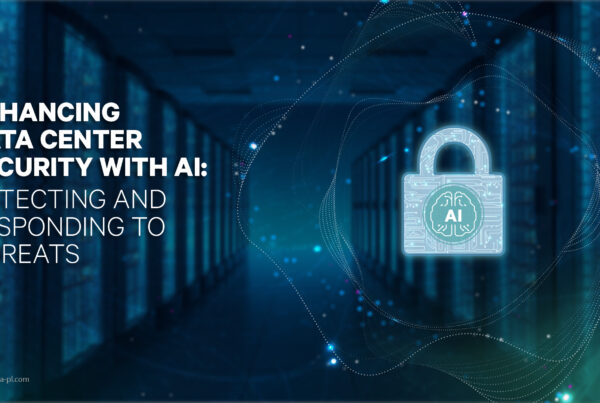Prasa Infocom blog has started a series of posts to examine the role of edge data centers in different industry verticals. With these posts, we aim to enunciate how edge computing will handle the growing demand from various industry sectors. We have already covered healthcare, and manufacturing & industrials. In the current post, we will be talking about the impact of edge computing on the finance and banking industry.
Banking and finance institutions are evolving with the implementation of emerging digital technologies in an attempt to find innovative ways to better serve their customers. They are redesigning their processes to help create an improved and personalized user experience by placing storage and processing near the perimeter with edge computing.
Along with the digital eco-system, the priorities of banking and finance institutes are also changing. As financial organizations are implementing technologies to make services user-centric, they have an option to enable digital signage, mobile banking, and personalized kiosks. Most banks have moved to a banking app that controls costs, improves efficiency, decreases wait time and facilitates reach to employees and customers, in the process increasing customer satisfaction.
High volume finance firms that deal in hedge funds and similar markets cannot allow even a millisecond of delay. Such a delay may mean a substantial loss of money. Time-to-user here becomes the key for sustenance, making dynamic provisioning of infrastructure the way forward.
Banking systems today are more customer-centric than ever, by converting business priorities into IT. IoT, including mobile devices, wearables, and voice activation show the potential to transform the banking sector in a way that we have not witnessed since the ATM. Technologies like API, blockchain, machine learning, and AI are changing the banking and financial services by furthering concepts like frictionless customer experience, hyper-personalization, enablement to participate in newer business models and operational efficiency.
The adoption of such technology creates data in lines with BigData. With the adoption of each new technology real-time processing is becoming essential, as a colossal amount of data is produced, which demands rapid processing to generate real-time results. To endow themselves to handle this scale and volume of data banking and financial institutes have turned towards edge computing, which is rapidly becoming a mission critical infrastructure for quality services. Edge computing makes connections faster by effectively utilizing network capacity and eliminating latency.
The transition to computing at the edge has brought about a huge transformation, newer technologies are supplementing (if not completely replacing) the transactional tools from the traditional methods of banking. The new model creates a system where whole businesses can be run without cash ever changing hands or swiping a credit card. From checking your account balance with a voice-activated system like Alexa or Siri, to paying for things with the help of biometric secure transactional tools like Google Wallet and Apple Pay. The process is quick, convenient, and secure. These are precisely the attributes banking and financial industry is striving for with adaptation of edge computing and next-gen technologies.
Like every other industry, edge computing is revolutionizing the banking and finance industry with the speed it offers, the cost it controls and the user experience it improves, the most important in banking being security. Security is of paramount importance in banking and financial industry. Edge data centers process the data near the generation points, minimizing the need to transfer data to a public cloud, making the data more safe and secure.
With edge computing in such demand, many edge data centers are available in the market in various shapes and sizes; the most interesting and successful of them is the containerized data center. A very innovative approach with an apt size for edge data centers, where everything is customized according to an organization’s requirement inside a shipping container.
Containerized Data Centers are the demand of the banking industry as it accommodates Edge computing. They make sure that data security is pivotal and meet the urgency for handling critical data on-site and quickly. Containerized data centers keep the data at the premises or nearby for immediate use, without having to depend on a network, also unlike traditional data centers they need very little to no space, and consume very less power, making them very environmentally friendly. They are also very quick and easy to deploy.
If you want to know more about how a data center is a mission critical infrastructure in meeting the rising edge requirements of the banking sector, or how having your own edge data center will facilitate the functioning of your industry, you can contact our experts at Prasa Infocom & Power Solution Pvt. Ltd. We have been associated with the big names in this sector for quite some time now.
References
https://blog.apc.com/2018/01/16/iot-drive-unprecedented-banking-innovation/





